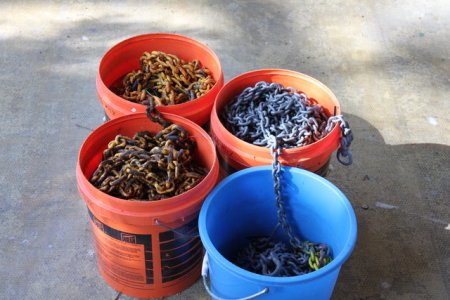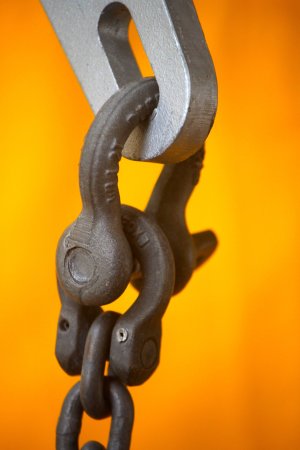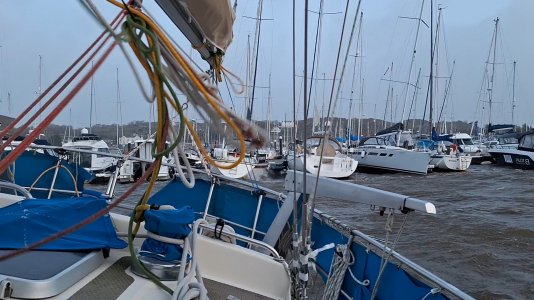Tranona
Well-known member
Why? Heavy chain makes no difference to holding power and the dampening effect of catenary can be achieved using a snubberI can/t see the advantage. You want the chain to be heavy for the full caterinary effect. The heavier the chain the less chain you will need to deploy.





